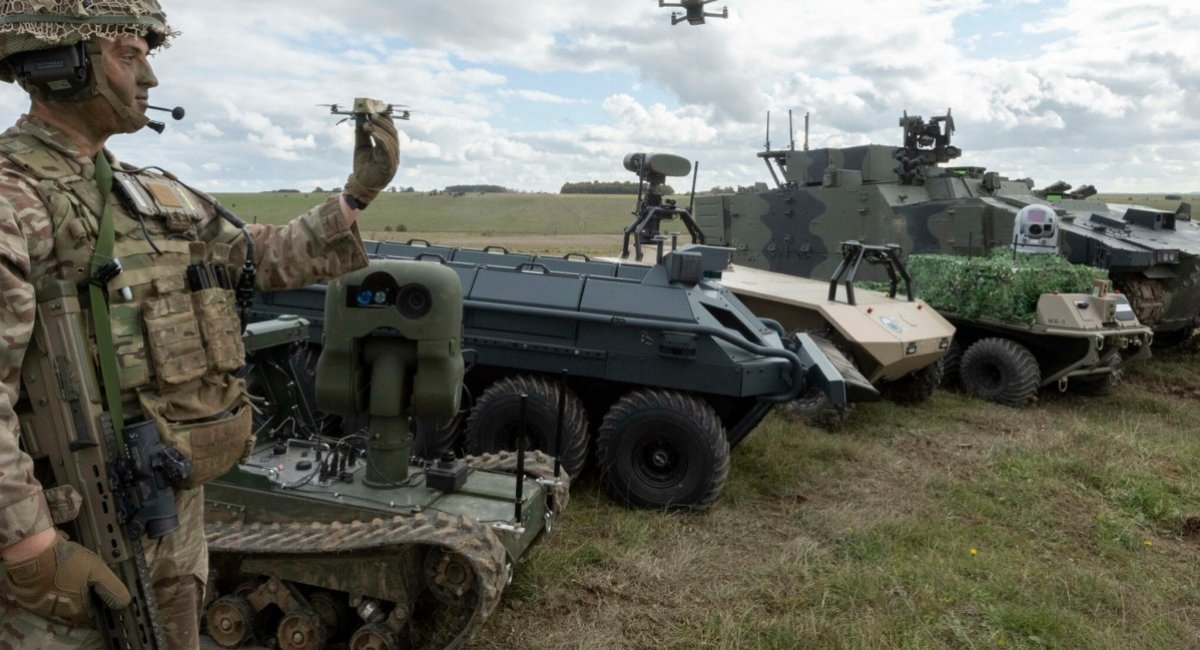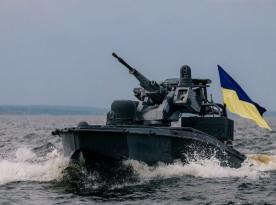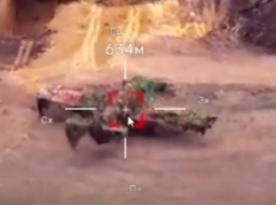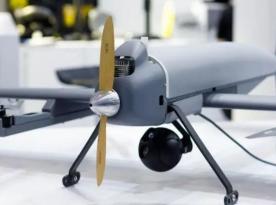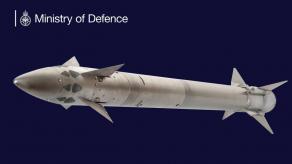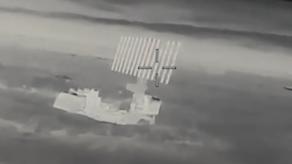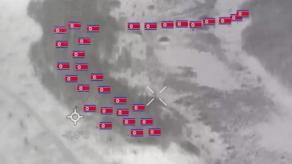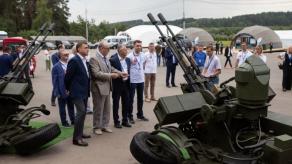The British Army has presented its new doctrine, described as the "20-40-40" strategy with a shift from heavy mechanized forces to flexible drone warfare–oriented formations. The decision to transition into new military planning was made after contemplating the lessons from the russo-Ukrainian war.
According to The Times citing its sources, the military leadership proposed to turn the British Army into an unmanned, autonomous structure, where 80% of operations is done by drones. The new priorities will be survivability, rapid deployment, and digital dominance.
Read more: Ukraine's War Experience Shows Balloons and Satellites Can Fix the British Watchkeeper Drone Problem
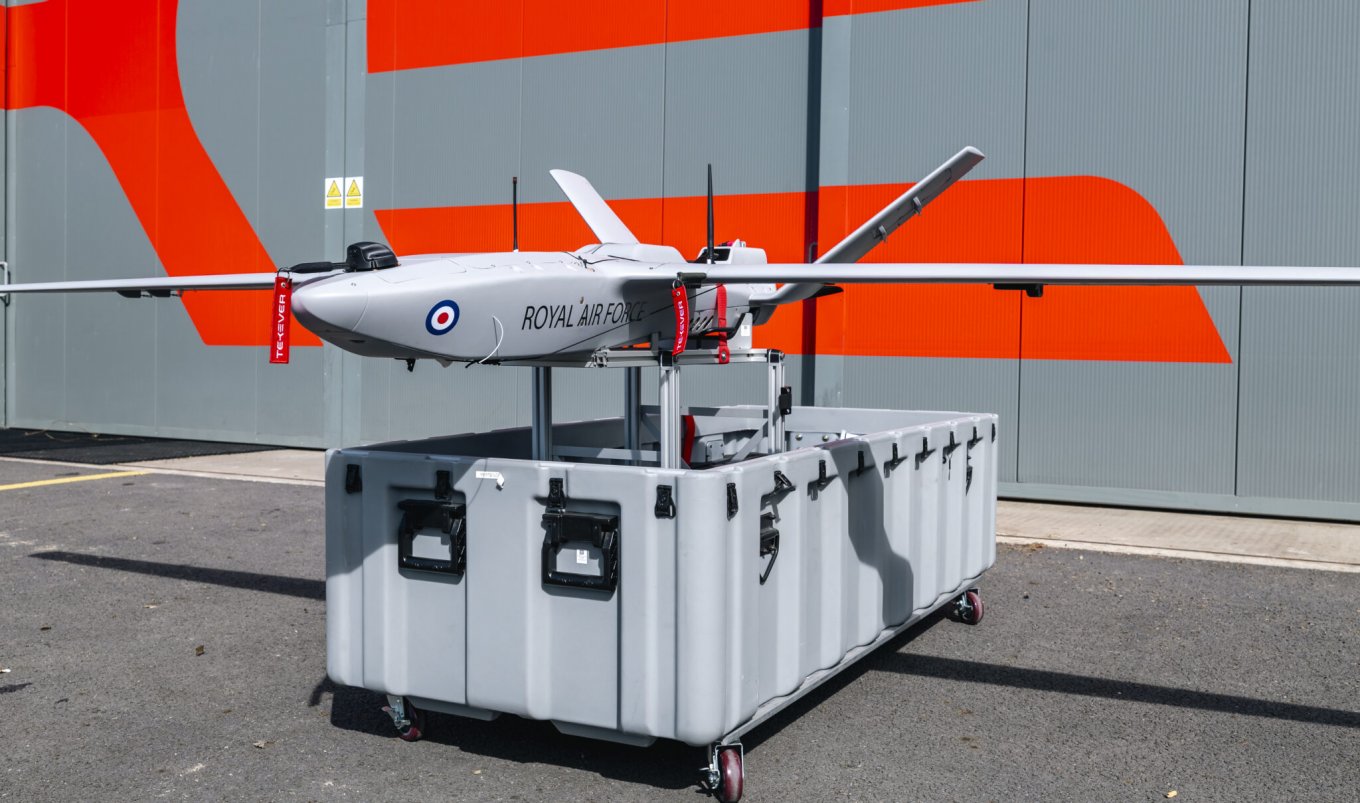
On a note from Defense Express, such an approach may prove exceptionally suitable for the relatively small army of the United Kingdom. Its capabilities within the framework of traditional mechanized doctrine have greatly dwindled over the past decades anyway, and, with the current plans to acquire only 148 of the prospective Challenger 3 tanks, is basically no longer relevant.
The doctrine update offers transition to the following structure:
- 20% traditional heavy platforms, such as tanks, self-propelled guns and infantry fighting vehicles;
- 40% loitering munitions and kamikaze drones for rapid and targeted strikes;
- 40% reusable drones for reconnaissance, surveillance and precision strikes.
In practice, it means changes in training, simulation, logistics, command structure, and further doctrine development. New company- or even platoon-level formations will be created that will incorporate drone operators, artificial intelligence analysts, and electronic warfare units.
The defense industry will have to reshape as well: established big industry players should give way to smaller and more innovative companies working in the fields of artificial intelligence, unmanned and autonomous systems.
Such a strategy shift is very radical compared to the rest of NATO members. Although other countries also experiment with the introduction and use of unmanned technologies in the armed forces, few are ready to go down the rabbit hole that much. The only venture of similar scale would be the Replicator program launched in the United States in 2023 — it focuses on the procurement of "thousands of cheap, autonomous platforms" and weapons to combat them.
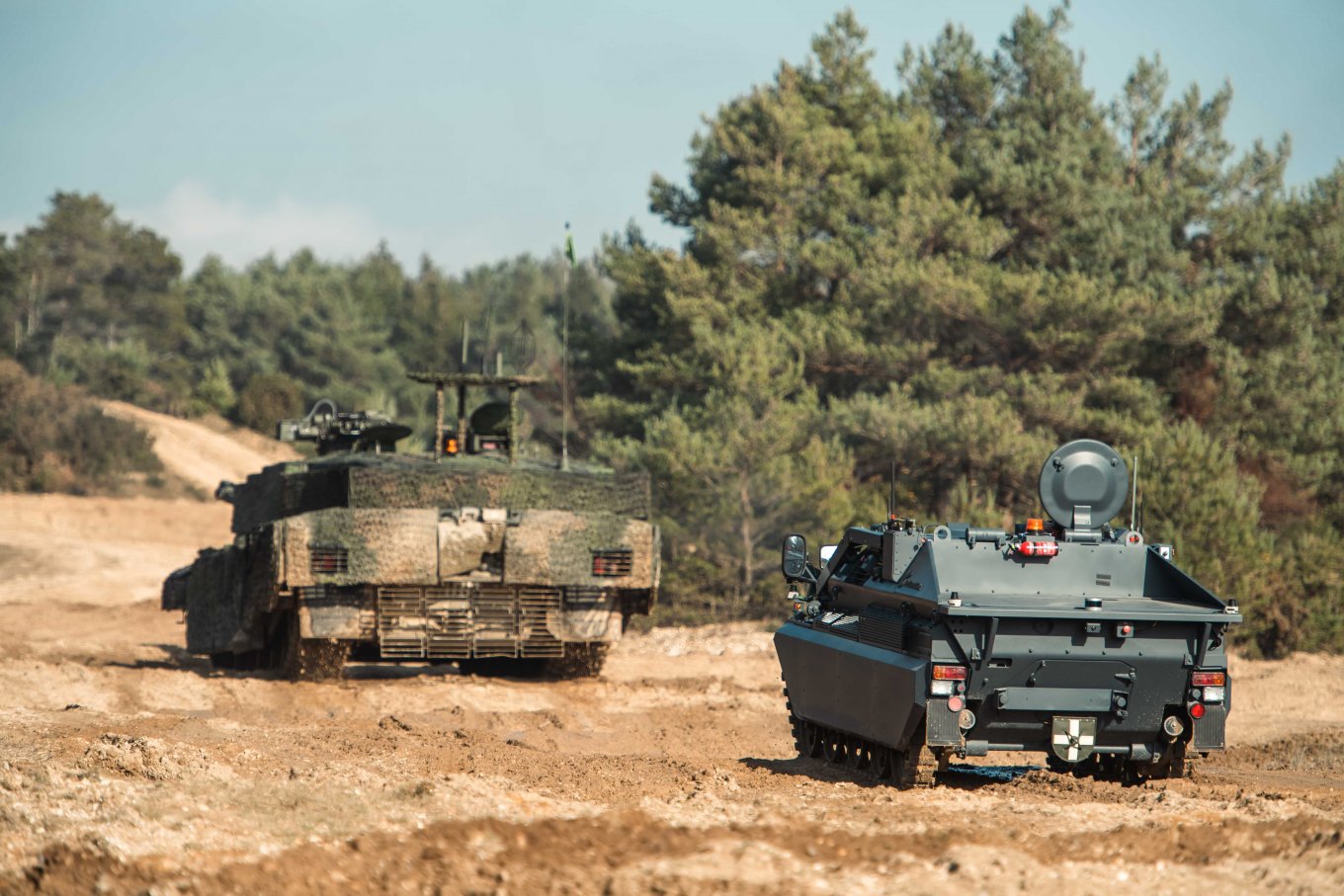
Meanwhile, despite seeing the landscape of modern battlefield evolve beyond recognition, France and Germany continue to double down on heavy mechanized forces. One example would be the multinational Main Ground Combat System (MGCS) project to create a next-generation tank. While many argue that Paris and Berlin are simply too slow to adapt, there might actually be a sound practical explanation for such a difference in approaches.
As mentioned, the armed forces of Great Britain have gradually shrinked throughout the 21st century, to now have much more modest capabilities in the classic mechanized warfare of the Cold War era. Regardless, the island country is placing much greater emphasis on its aviation and the navy, paying less attention to the ground forces. Moving to a more flexible system can help emphasize the strengths of the British Armed Forces and expand their role in assisting NATO allies.
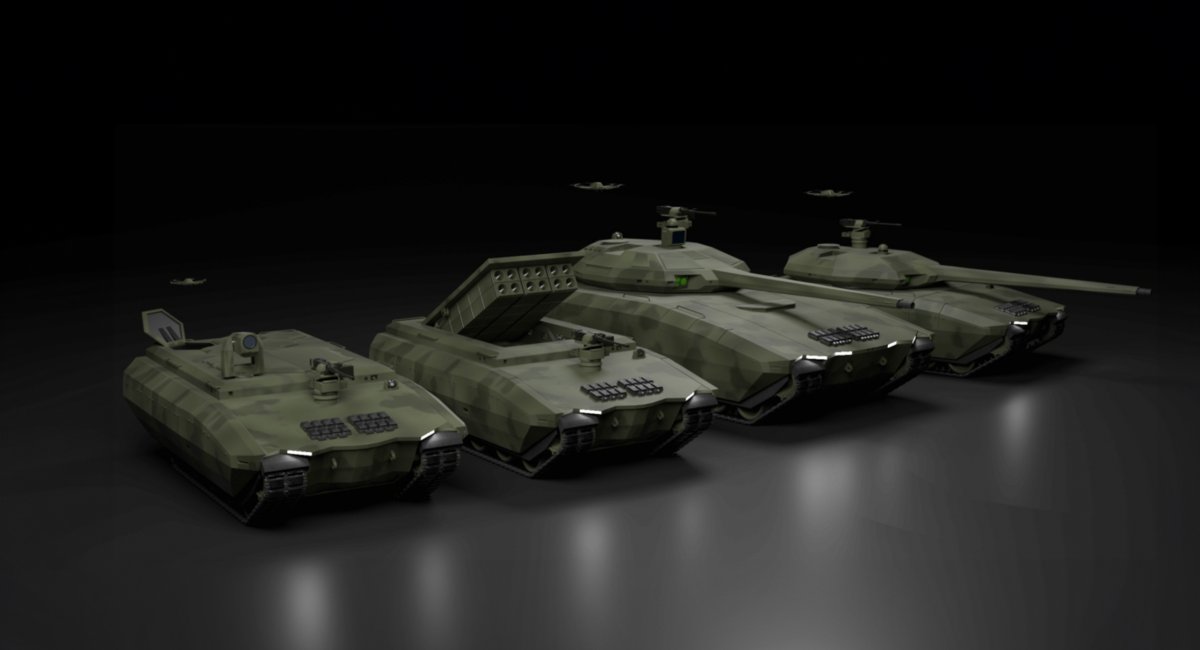
In contrast, France and Germany still remain continental countries who need potent ground forces. Therefore, investments in heavy mechanized platforms are logical and justified, because no matter what, tanks will remain relevant for a long time to come. Though it is true that these countries have been falling behind in their adapting to the new drone war realities.
Read more: French Navy Adopts russian Tactics for Naval Defense Using FPV Drones



